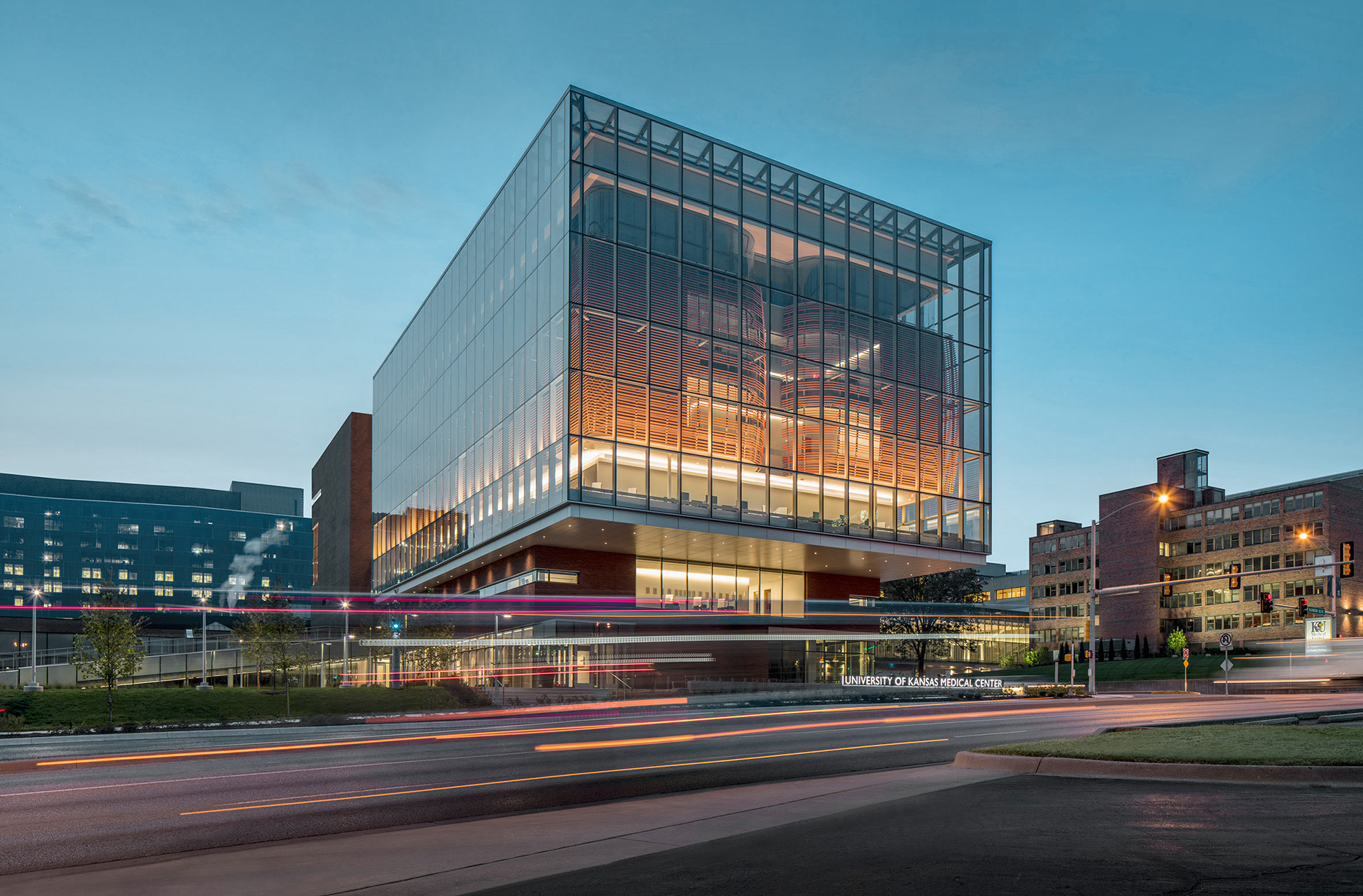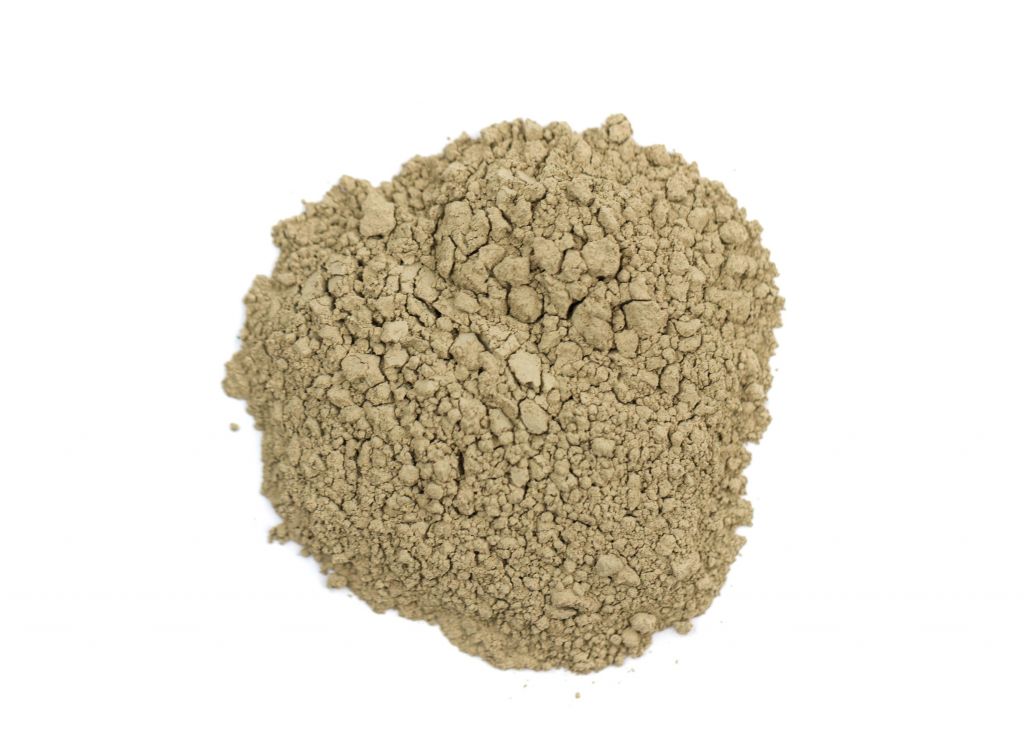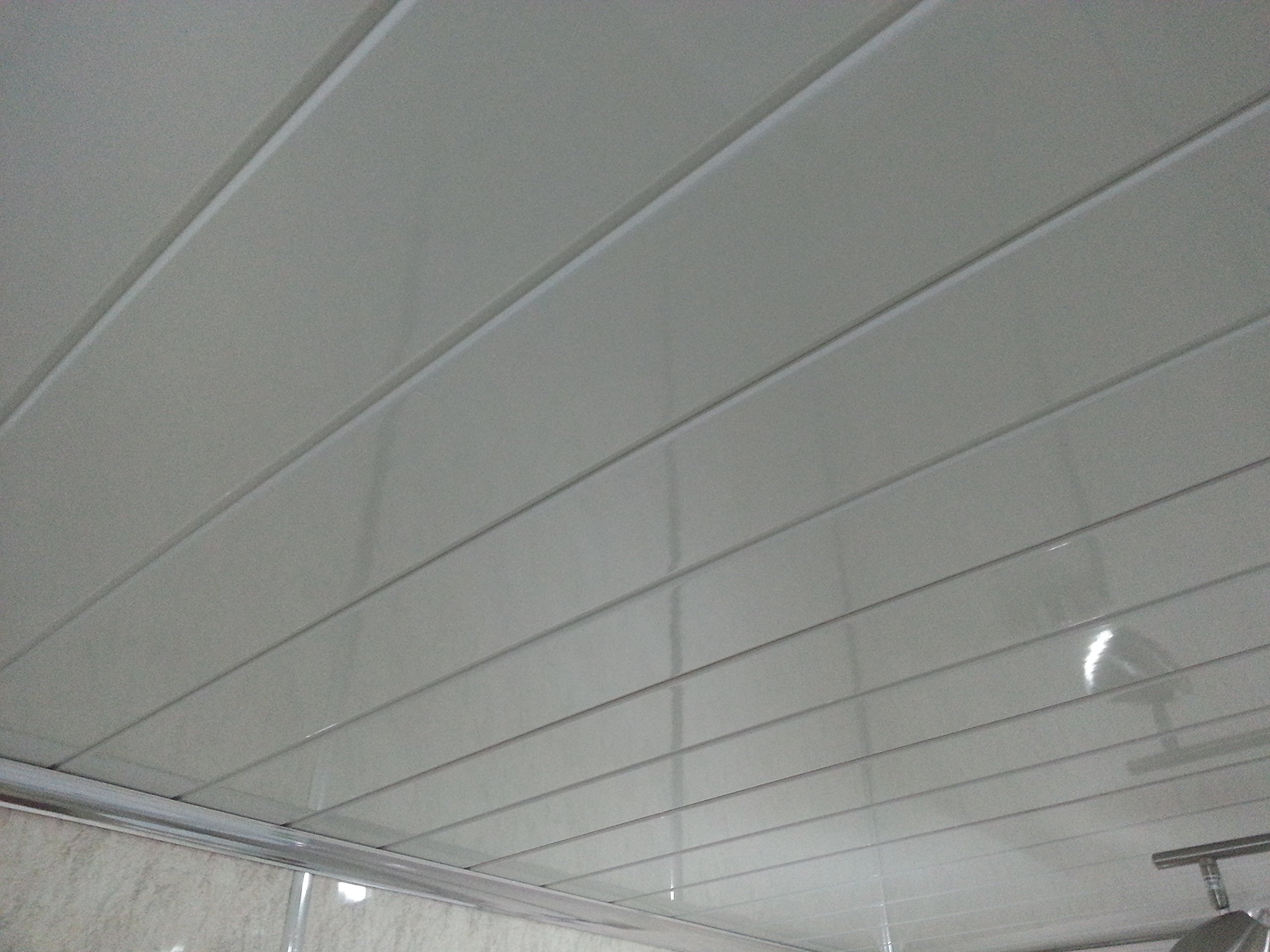Decorative architectural glass has become one of the most important design materials in modern buildings, offering both aesthetic value and practical functionality. Whether used in residential, commercial, or public spaces, decorative glass provides a unique balance between beauty, durability, safety, and privacy. However, with countless options available — from frosted and laminated glass to digital-printed and textured designs — selecting the right type can be challenging.
This complete guide will help architects, interior designers, contractors, and building owners choose the most suitable decorative architectural glass for their projects. We will explore the key types, essential selection factors, application scenarios, and practical tips to ensure your final choice aligns with both functional and design requirements.
1. What Is Decorative Architectural Glass?
Decorative architectural glass refers to processed glass that incorporates visual design elements to enhance the appearance and atmosphere of a space. Unlike ordinary float glass, decorative glass undergoes additional treatments to achieve desired effects such as:
-
Color enhancement
-
Textured surfaces
-
Artistic patterns
-
Improved privacy
-
Light diffusion
-
Safety reinforcement
It serves not only as a building material but also as a design element that influences spatial mood, brand identity, and user experience.
2. Common Types of Decorative Architectural Glass
When selecting the right glass, understanding the available types is the first step. Below are the most widely used categories.
2.1 Frosted Glass
Produced through acid etching or sandblasting, frosted glass scatters light and provides excellent privacy while maintaining brightness. It is commonly used in offices, bathrooms, partitions, and retail environments.
Advantages:
-
Soft visual appearance
-
Good privacy
-
Versatile usage
2.2 Laminated Decorative Glass
Laminated glass incorporates interlayers such as PVB, EVA, or SGP and can be enhanced with colors, fabrics, films, or metal meshes.
Advantages:
-
High safety
-
Rich aesthetic possibilities
-
Sound insulation

2.3 Tempered Decorative Glass
Tempered glass is heat-treated for higher strength and can be digitally printed or textured before tempering.
Advantages:
-
Strong and durable
-
Suitable for large installations
-
Safe breakage pattern
2.4 Textured / Patterned Glass
Textured glass has embossed patterns created during production. It creates elegant visual depth and diffuses light beautifully.
Advantages:
-
Decorative appeal
-
Anti-glare
-
Privacy with light transmission
2.5 Back-Painted Glass
Glass coated with colored paint at the back, ideal for wall cladding, furniture, and interior decoration.
Advantages:
-
Modern aesthetic
-
Easy to clean
-
Wide color options
2.6 Digital-Printed Glass
High-resolution printing technology allows any photo, pattern, or gradient to be applied on glass.
Advantages:
-
Unlimited customization
-
UV-resistant colors
-
Ideal for branding
2.7 Switchable Smart Glass
Smart glass uses PDLC or electrochromic technology to switch between transparent and opaque states.
Advantages:
-
Adjustable privacy
-
Reduces glare
-
High-tech and premium feel
3. Key Factors to Consider When Choosing Decorative Architectural Glass
3.1 Aesthetic Goals
Your design intention determines the type of glass you need.
Ask yourself:
-
Do you prefer a modern or classic style?
-
Should the glass stand out or blend into the environment?
-
Do you need textures, patterns, or high transparency?
-
Does the space require warm or cool tones?
Glass should complement the interior theme and architectural concept rather than overpower it.
3.2 Light Transmission
Different glass types provide different levels of light diffusion.
-
High light transmission: clear or low-iron glass
-
Soft light: frosted, etched, or textured glass
-
Controlled transmission: smart glass or laminated with colored interlayers
Proper light selection improves comfort and creates a better atmosphere.
3.3 Privacy Requirements
Privacy is a major factor in areas such as offices, meeting rooms, bathrooms, and healthcare spaces.
Options include:
-
Frosted glass
-
One-way reflective glass
-
Laminated decorative interlayers
-
Smart glass for switchable control
3.4 Safety Performance
Building codes often require safety-rated glass.
Recommended options:
-
Tempered glass for strength
-
Laminated glass for protection and post-breakage integrity
-
Fire-rated glass for high-risk areas
Safety and aesthetics should always be balanced.
3.5 Durability and Maintenance
Durability is essential for high-traffic environments.
-
Tempered glass: scratch and impact resistant
-
Back-painted glass: easy to clean
-
Digital-printed glass with ceramic ink: resistant to fading
For outdoor projects, choose UV and weather-resistant materials.
3.6 Budget Planning
Different decorative processes vary greatly in cost.
Cost factors include:
-
Type of processing (printing, laminating, etching)
-
Customization level
-
Thickness and size
-
Installation complexity
Planning your budget early prevents unnecessary overspending.
4. Application Scenarios of Decorative Architectural Glass
4.1 Residential Spaces
Ideal for:
-
Shower partitions
-
Kitchen backsplashes
-
Sliding doors
-
Window decoration
-
Wardrobe panels
Decorative glass adds brightness, clarity, and modern style.
4.2 Commercial and Office Buildings
Commonly used in:
-
Office partitions
-
Meeting rooms
-
Branding walls
-
Hospitality facilities
-
Retail displays
It enhances brand identity and creates an open yet private atmosphere.
4.3 Hotels and Luxury Spaces
High-end glass installations elevate sophistication in:
-
Lobbies
-
Spa areas
-
Bathrooms
-
Elevator surroundings
-
Feature walls
Digital-printed art glass is especially favored for luxury interior design.
4.4 Public Buildings
For airports, museums, hospitals, and schools:
-
Durable safety glass is essential
-
Decorative elements improve public experience
-
Smart glass helps control privacy and lighting
Superior functionality ensures longevity and safe operation.
5. How to Match Decorative Glass with Interior Styles
5.1 Modern Minimalist
Choose:
-
Clear glass
-
Frosted glass
-
White back-painted glass
-
Geometric prints
Style features: clean, simple, elegant.
5.2 Industrial Style
Choose:
-
Ribbed textured glass
-
Dark tinted glass
-
Metal mesh laminated glass
Style features: raw materials, bold lines.
5.3 Luxury Style
Choose:
-
Etched patterns
-
Gold or bronze-tinted laminated glass
-
Digital-printed artistic panels
Style features: refined, premium, visually impactful.
5.4 Natural / Scandinavian Style
Choose:
-
Soft frosted finishes
-
Pastel-colored laminated interlayers
-
Light textured designs
Style features: warmth, brightness, calmness.
6. Professional Tips for Making the Right Choice
6.1 Request Samples Before Final Decisions
Always evaluate actual glass samples to check:
-
Color accuracy
-
Transparency level
-
Texture feel
-
Reflection and diffusion
6.2 Consider Lighting Conditions
Glass appearance changes under sunlight and artificial light. Test under both.
6.3 Work with a Qualified Glass Manufacturer
Experience brings:
-
Better quality control
-
Accurate customization
-
Safe installation guidance
-
Long-term after-sales support
6.4 Balance Aesthetics and Functionality
Decorative glass should not only look good but also meet:
-
Safety requirements
-
Maintenance needs
-
Durability standards
6.5 Ensure Correct Installation
Even the best glass fails if installed improperly. Use professional installers to avoid cracking, misalignment, or color distortion.
7. Conclusion
Choosing the right decorative architectural glass involves more than selecting a beautiful pattern. It requires understanding the glass type, evaluating safety and performance, comparing design styles, and matching it with specific space requirements. With the right selection strategy, decorative glass can transform ordinary spaces into visually stunning and functional environments.
Whether your project focuses on elegance, privacy, branding, or artistic expression, there is always a suitable decorative architectural glass solution. By following the principles in this guide, you can confidently choose the best option to elevate the architectural value and long-term performance of your space
www.jxboxinglass.com
jxboxinglass



